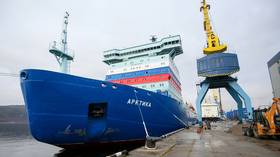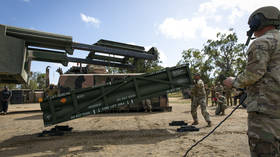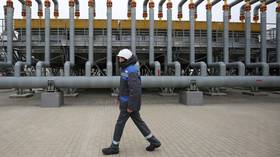Russia breaks ground on massive internet network across thawing Arctic, bringing high-speed connection from under the ice caps

The Russian government has announced that construction is underway on a massive high-speed communications line that will span the Arctic and join together the extremes of the world’s largest country.
The new underwater network, which will cost 65 billion rubles ($855 million) will run from the city of Murmansk, which borders Norway in the country’s west, to Vladivostok on the Sea of Japan in the Far East. As well as the cabling, dozens of data processing centers will be built along the route. Construction is expected to be completed in 2026.
In a statement on Thursday, the project’s operators said the initiative would offer “local communication line access to the Arctic’s major ports and settlements,” as well as “provide an alternative to satellite communications in northern latitudes.” Together, they added, this would support the implementation of a presidential decree to “ensure national security” in the region.
Also on rt.com Putin says 'welcome' to US business in Russia, offers to work in Arctic jointlyThe investment complements the Multi-service Transport Network System (MTSS), a secure communications channel isolated from the World Wide Web and specially designed to keep track of submarines, naval vessels, and space installations. The Ministry of Defense has previously outlined how the exclusive channel mitigates against “external threats” by operating as a self-contained communications channel for Russian forces.
In the past, the region and its waters were impassable for much of the year. But the area covered by sea ice is increasingly sparse, having shrunk by 13 percent each decade since 1979. Now that the freezing waters of the Northern Sea Route have become more easily traversed by scientific, military, and commercial vessels, Russian leaders have set a strategic focus on the region, eyeing the potential economic benefits of year-round trade between Europe and Asia through the Arctic.
Also on rt.com Airfields made from ice? New Russian technology promises to allow military transporters to touch down inside Arctic CircleEarlier this year, Moscow published an action plan aimed at opening up the route, particularly for the transport and extraction of fossil fuels. The hope is that 90 million tons of cargo will sail through the region by 2030.
Think your friends would be interested? Share this story!














